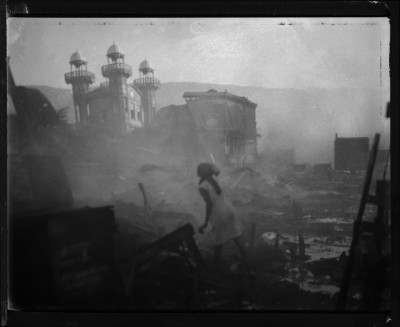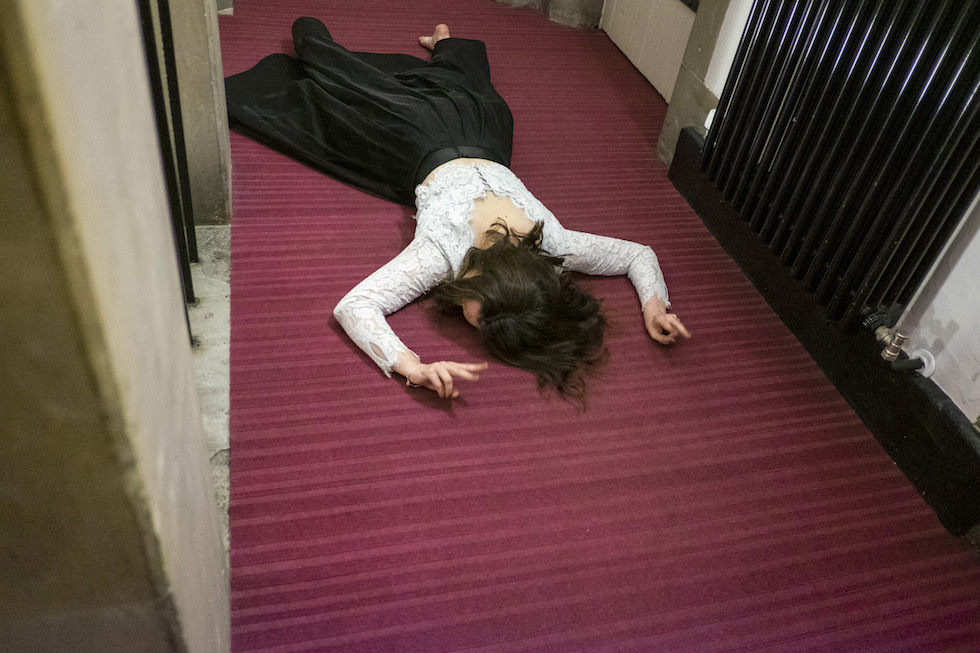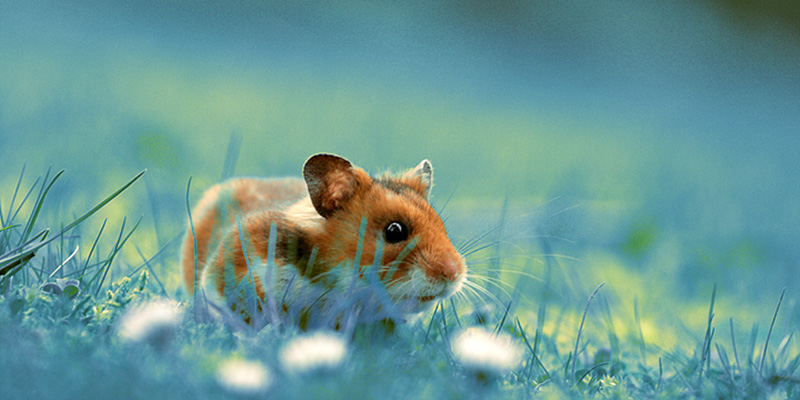Haiti, dopo
Un crudo e premiato reportage fotografico racconta le pessime condizioni di Port-au-Prince dopo il devastante terremoto del 2010

altre
foto
Nel progetto Aftershock Haiti, con cui il fotografo statunitense Jon Lowenstein ha vinto il Master Hasselblad Award 2012 nella sezione Editorial, l’isola di Haiti e la sua capitale, Port-au-Prince, sono state fotografate in modo molto soggettivo e personale – le immagini sono scattate con una Polaroid ad alte temperature e in condizioni estreme – dopo il devastante terremoto nel 2010. Il terremoto di Haiti provocò la morte di duecentomila persone e la distruzione di circa centomila case, in un paese già considerato uno dei più poveri al mondo. Ancora oggi, tre anni dopo, circa 500.000 persone vivono in alloggi di emergenza e in condizioni pessime.
Attenzione: la gallery contiene alcune immagini forti
Jon Lowenstein è nato nel 1970, i suoi progetti hanno tutti un approccio riflessivo e autoriale. Le sue fotografie raccontano spesso situazioni di povertà e di violenza. Lowenstein collabora con Noor, un’agenzia olandese creata da un gruppo di fotografi e ricercatori. L’anno scorso la serie Aftershock Haiti è stata esposta al Festival di fotografia Cortona on the Move (qui il programma dell’edizione 2013).
Il Post seguirà con una pagina speciale dedicata alla fotografia le novità legate a Cortona on the move mostrando i lavori delle edizioni passate, e proponendo materiali, articoli e contenuti sulla fotografia in generale.
























